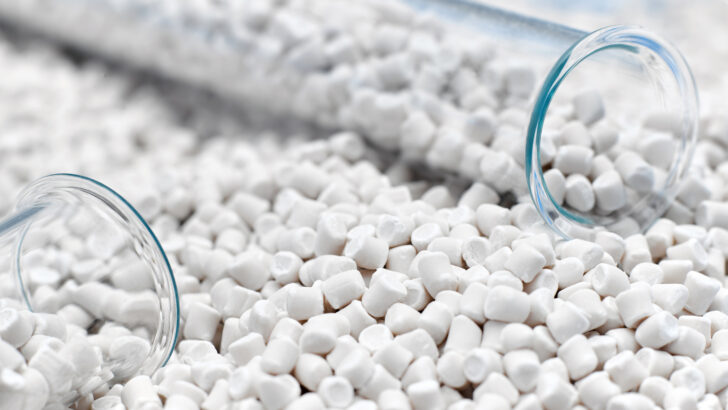The secret behind the aerospace and aviation industry high performance plastics
The aerospace industry, which spans a host of applications from aviation to industrial and military purposes, has taken innovations in plastic materials into a broader space. While metals are mainstay in the aerospace industry, since the 1970s, plastics have been found to bring their benefits by providing key breakthroughs in aircraft weight as plastics have been seen to reduce aircraft weight by as much as 50%.
Beyond lightweighting, plastics have been meeting the aerospace industry’s requirements for strength and durability, resistance to corrosion or fatigue; impact-resistance, high thermal stability, and ease of parts assembly. A broad range of materials, such as polyetheretherketone (PEEK), thermosetting polyimide (PI), polyamide-imide (PAI), polychlorotrifluoroethylene (PCTFE), among others, are now being tapped for their inherent properties.
The shift from heavy metal to lightweight high-tech plastic materials brought into the limelight the use of carbon fiber or glass fiber-reinforced plastic. To date, carbon fiber composites are used to produce large and more complex parts for the aerospace industry. From narrowbodies such as the Airbus 320, the use of composite materials has brought popular models Airbus A350 and Boeing 787 into history as examples of how material innovations have created major leaps in the aviation industry.
The Airbus A350 XWB is a wide body jetliner that is made up of more than 50% composites that 25% reduction in fuel cost has been achieved. The A350 XWB’s wing, which measures 32×6 meters, is the biggest single aviation part that is produced from carbon fiber reinforced plastic.
Boeing 787 is made of 50% composites by weight and by 80% volume, with total weight cut by 20% as a result of composites application. Carbon fiber has substantially led to these jetliners’ tougher body frame at reduced weight, and enable them to carry higher number of passengers at less fuel costs.
The history of space exploration has always included unique innovations in plastic materials. High performance plastics are utilized in space program – from the helmets made of polycarbonate to the protective equipment and space suits worn by astronauts and the interior parts and structure of the spacecraft integrated with composite materials. The various space flights, to the moon and planets such as Jupiter and Mars, are showing the world how space programs are developing revolutionary use for plastics, not only for lightweighting, but also in protecting the spaceship crew from the galactic cosmic rays that can pose health risks.
China aims to transform itself into an aviation power given its over 70 years of technological experience in this area. The country’s decision to implement a manned space program in 1992 has seen tremendous developments judging from the series of activities taken to implement a crewed space flight program. The launch of Shenzhou-12 crewed spaceship in June 2021 to arrive at the core module of China’s earth-orbiting space station Tianhe, is a major step towards the construction of China’s permanent space station. The three crew in the return capsule of Shenzhou-12 have returned, marking another milestone to China’s space program.
High performance plastics and the technologies used in the aerospace and aviation industry are expected to bring a wealth of knowledge to visitors at CHINAPLAS 2022 where special exhibit highlights on this industry will take center stage. For more information, visit: www.chinaplasonline.com
Editor Note:
If you want detailed information or for contact to corporate write to us with news headline; contact@pnturkey.com or WhatsApp; api.whatsapp.com/send?phone=905544041381
Follow this link to join pnTurkey WhatsApp group: https://chat.whatsapp.com/



